When you hear the word ‘pump’, what comes to mind?
Not many people might visualize a pump itself.
This is understandable since pumps are usually hidden inside machines, performing their roles unnoticed.
This time, I will focus on the pump as an individual component, explaining its function and the potential issues it may face.
First, what are pumps used for? They are often employed to move liquids. In one of the products sold at Sound House, they are used to draw up fog machine liquid.

There are many types of pumps, ranging from small to large, and they are selected based on the model and purpose.
Taking Antari’s low fog machine ICE101 as an example, it has a pump for fog liquid suction and another for drainage. Instead of using the same type of pump for both purposes, different kinds of pumps are used for the liquid and drainage.
In contrast, the American DJ Mister Kool II low fog machine only has a pump for the liquid. The drainage is done by opening a valve.
The difference in the presence of a drainage pump between the ICE101 and Mister Kool II is likely due to their different usage scales. The ICE101 is often used in large venues, requiring more ice and therefore more efficient drainage via a pump for melted ice.
On the other hand, the Mister Kool II is smaller and used in more confined spaces. It has a smaller ice tank with drainage valve and quieter operation without a pump might be preferred.
This comparison between two fog machines alone shows how pumps are differentiated based on their use.
Next, let me explain how the pump itself operates.
The pumps used in fog machines are called electromagnetic pumps.
To understand what an electromagnetic pump is, first, look at this picture.
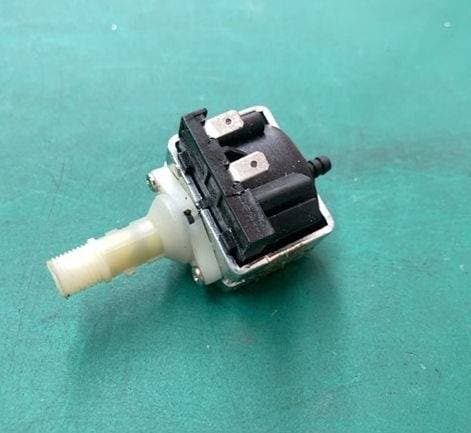
This is the pump on the Mister Kool II. Let’s disassemble it.
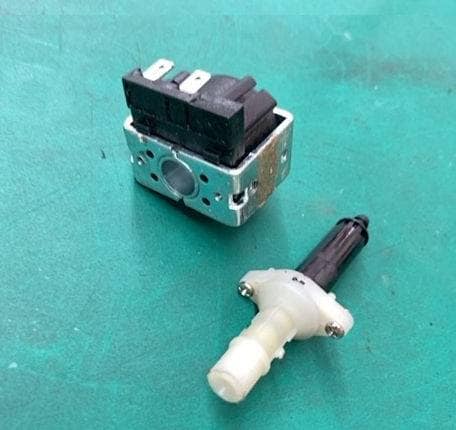
The pump is divided into two parts.
The front part is where the liquid flows, and the back contains the power terminals and coil.
When an electric current flows through this coil, a magnetic field is generated. This magnetic field moves the piston or diaphragm, drawing in and expelling the liquid. This is the operating principle of an electromagnetic pump.
The benefits of electromagnetic pumps include having fewer moving parts, leading to less wear and longer life, precise flow control, and excellent quietness.
Despite these advantages, electromagnetic pumps can sometimes fail to draw up liquid. There are two main cases for this.
1. Pump Deterioration
Although electromagnetic pumps are known for their long lifespan, they do deteriorate over prolonged use. The pump is often connected to a heater, and if the heater is clogged, it can restrict the pump’s output, increasing the load and accelerating wear. If the heater is clogged, it’s best to repair it promptly.
2. Air Intrusion
This issue is more common in small pumps. If the pump operates without liquid and draws in air, it won’t be able to draw up the liquid effectively.
Small pumps are more prone to this because they have weaker suction power compared to larger pumps. If air gets into the pump and it stops drawing liquid, try running the pump multiple times to see if it gradually starts drawing liquid again. This might fix the problem.
Even large pumps can experience air intrusion and fail to draw liquid if the suction power is set too low via the controller or DMX. In this case, try running the pump at a higher power to expel the air.
How was this write-up on pumps?
For those who don’t own a fog machine, I hope this serves as an interesting bit of trivia.






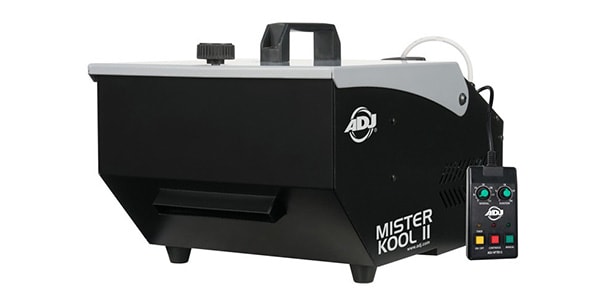
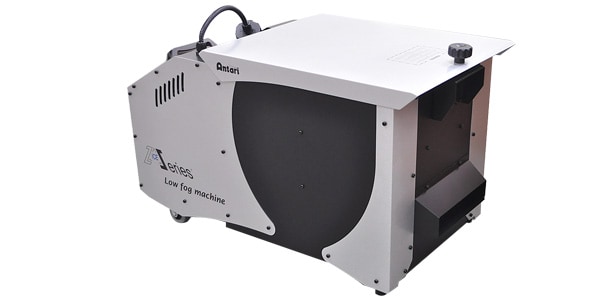
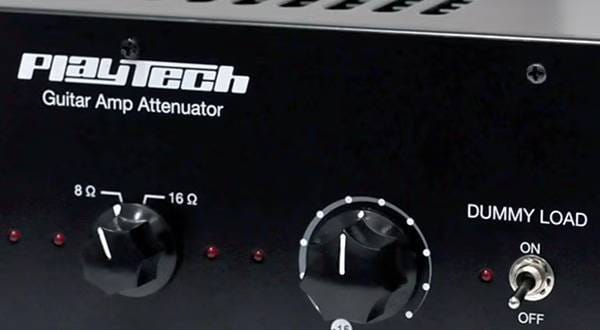


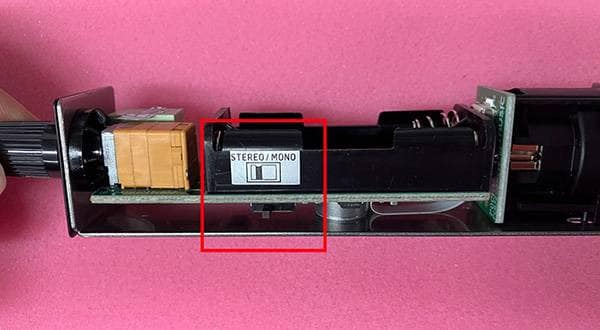

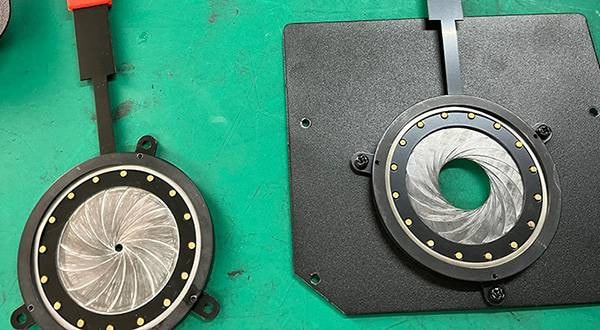
![The Road to Your Complete DIY: 2024 First Edition: Another Special Feature, Part 3: What is Speaker Damage? [Recommended for Saving]](/contents/uploads/thumbs/2/2024/5/20240530_2_27038_1.jpg)
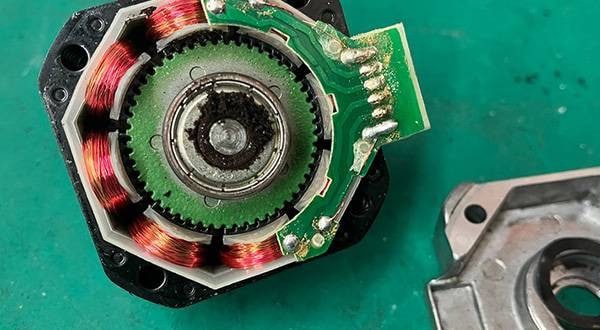
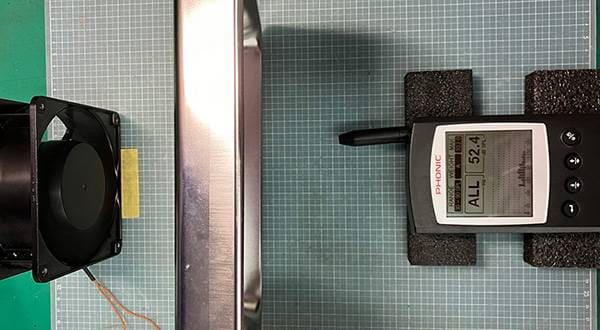
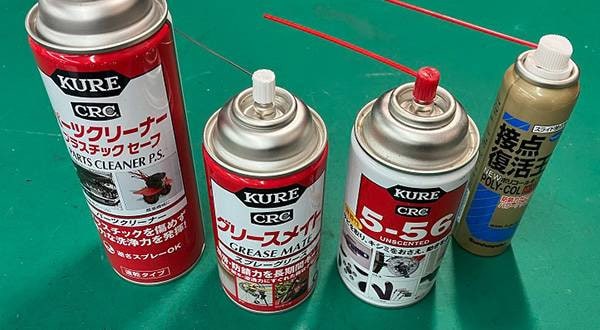
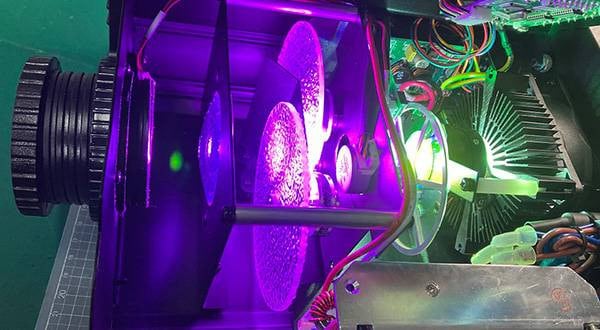
 STAGE EVOLUTION ステージ照明
STAGE EVOLUTION ステージ照明
 AMERICAN DJ ステージ照明
AMERICAN DJ ステージ照明
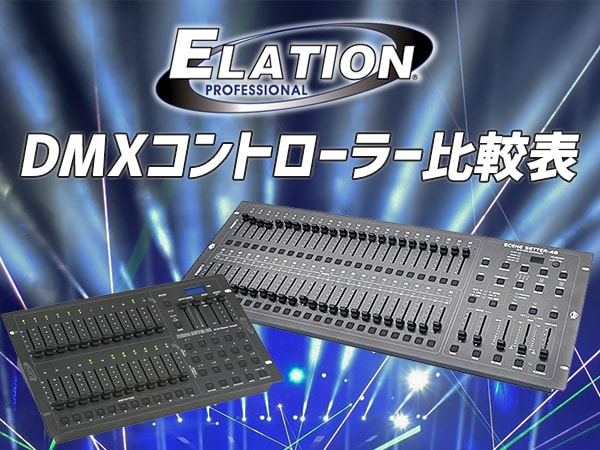 ELATION DMXコントローラー比較表
ELATION DMXコントローラー比較表
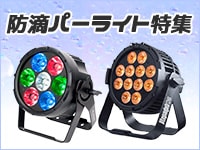 防滴パーライト特集
防滴パーライト特集
 Nitec ステージ照明
Nitec ステージ照明
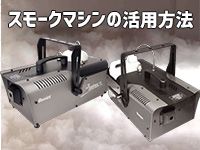 スモークマシンの活用方法
スモークマシンの活用方法















